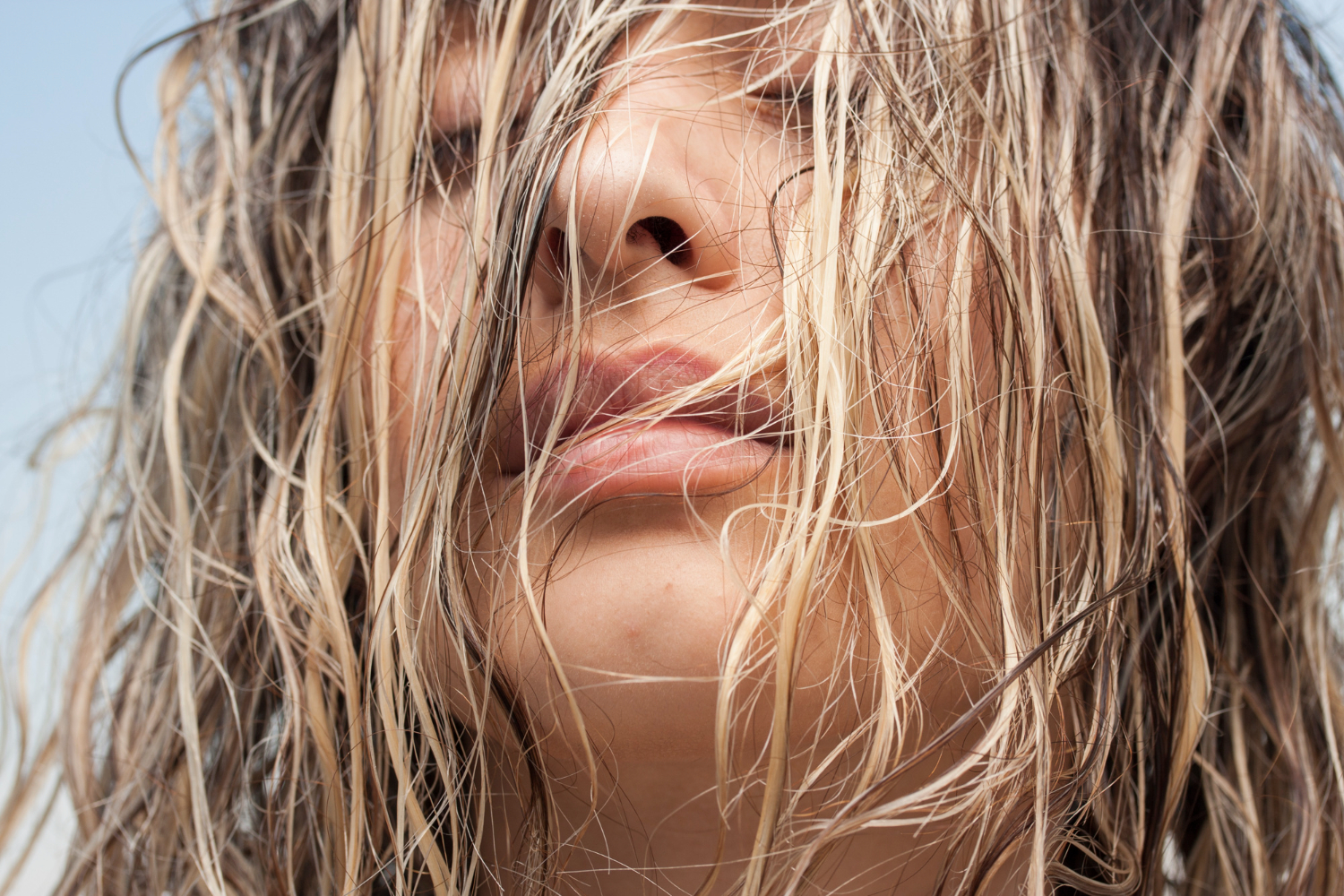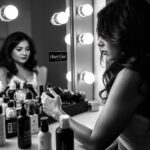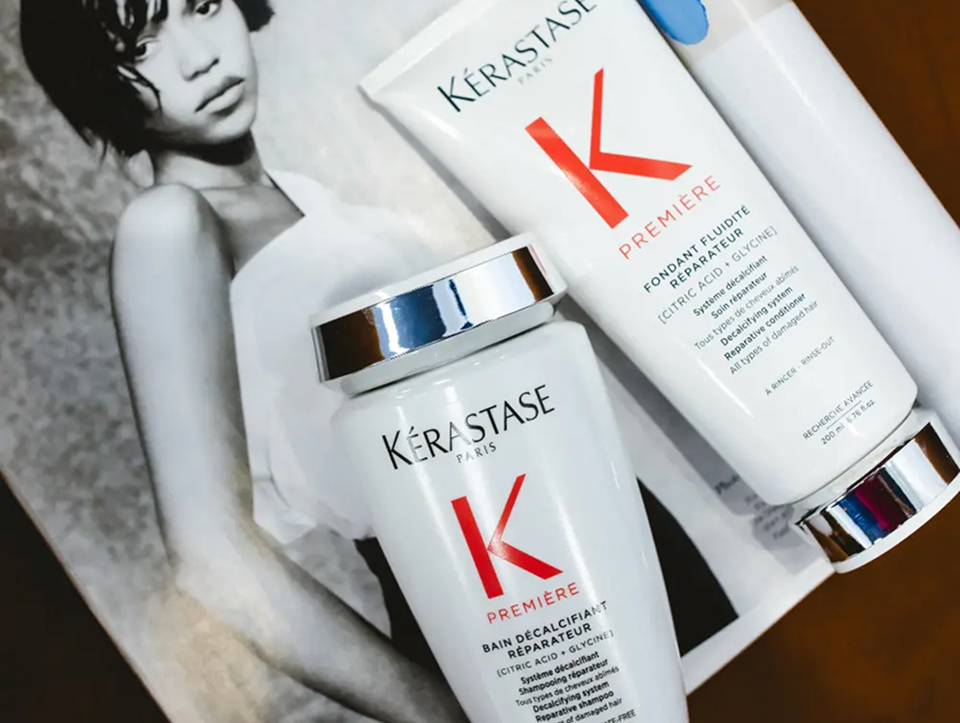Trying to decide between balayage vs highlights? You’re not alone. At Hāste Urban Hair Spa, clients often ask us which coloring technique will give them the most flattering, low-maintenance, and trendy look.
With so many terms around — foil highlights, freehand balayage, partial vs full — it’s easy to feel overwhelmed.
In this guide, we’ll break down the key differences between balayage and highlights in a clear, visual way. You’ll learn which style lasts longer, costs more, and best suits your hair type, color goals, and lifestyle.
Whether you want a natural sun-kissed shimmer or bold, dimensional blonde, this comparison will help you confidently pick the technique that brings out the best in your hair.
Ready to find your perfect hair color match? Let’s dive in!
Did you know balayage pairs beautifully with a layered haircut? Choose a layered cut followed by balayage to make your style truly stand out.
Balayage vs Highlights: Quick Snapshot
| Feature | Balayage | Highlights |
|---|---|---|
| Technique | Hand-painted, freehand strokes | Foil or cap application |
| Look | Natural, sun-kissed, soft gradients | Defined, uniform streaks |
| Maintenance | Low to medium | Medium to high |
| Best For | Subtle, natural light | Noticeable color change |
If you’re trying to decide between balayage and highlights, this quick comparison gives you the basics at a glance. Continue reading for an in-depth examination of each method, including its pros and cons, and determine which one best suits your style.
What is Balayage?
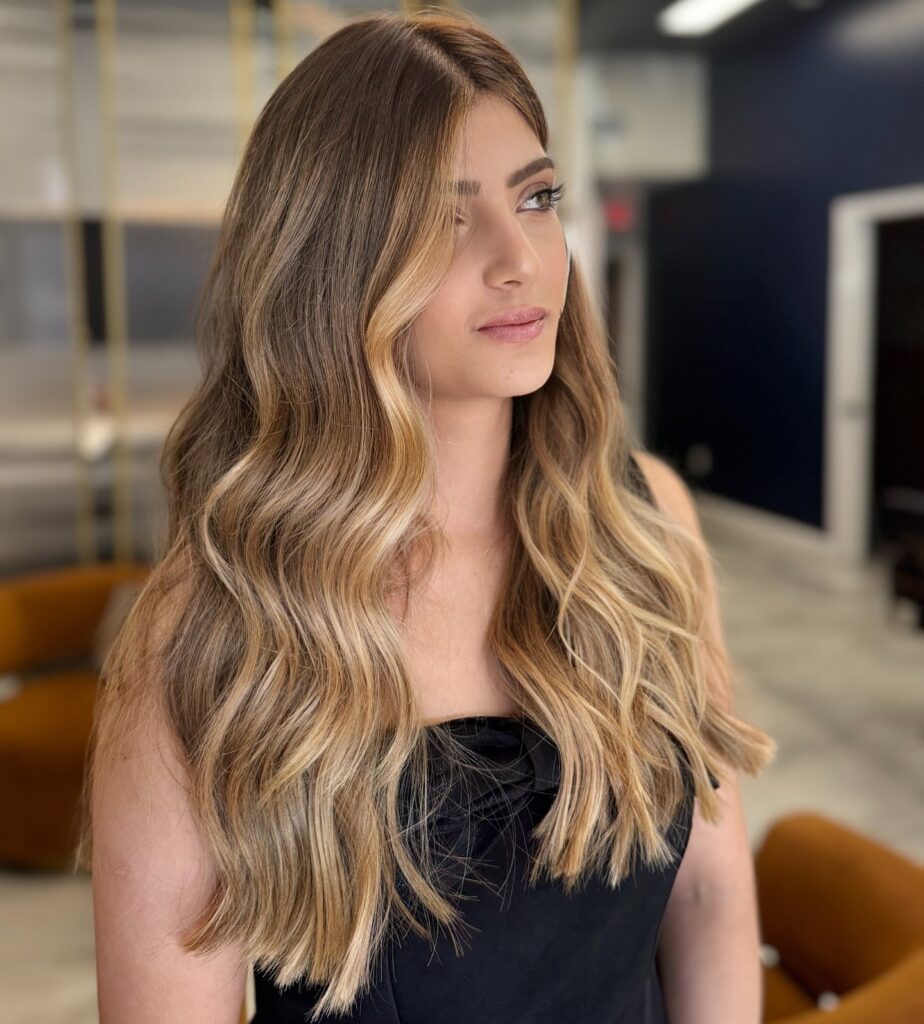
Balayage — from the French word meaning “to paint” or “to sweep” — is a freehand highlighting technique that creates soft, sun-kissed highlights with a natural finish.
Instead of traditional foil or cap methods, our stylists at Hāste Urban Hair Spa hand-paint the color onto your hair. This technique enhances your hair’s natural dimension and creates a customized blend of colors that adds depth and a fresh, vibrant look.
Balayage is also ideal for those with shorter hair who want to create the illusion of length, or for blending colors on extensions.
How Does the Balayage Technique Work?
Balayage requires a steady hand and a keen eye. Our stylists use a freehand method to paint the color selectively where light naturally hits your hair.
We can customize your look with a partial, full balayage, or even mini-highlights to create varying levels of contrast and brightness. But as with anything, it has its advantages and disadvantages.
Advantages of Balayage Highlights
- Balayage highlights offer low maintenance as the colors are strategically applied.
- The hair grows out naturally and has no hard demarcation lines.
- It would be best to have fewer touch-ups, a boon for your hair care routine and wallet.
- You can customize Balayage to work with any haircut or face shape.
Disadvantages of Balayage Highlights
- While it is easy to maintain, full balayage caramel dark brown hair highlights are more costly.
- To maintain the desired effect, you need to find a stylist who can achieve a similar result.
Is Balayage Right for All Hair Types?
You are an ideal candidate for balayage if you have uncolored hair but want to make a subtle color shift.
This technique is for you if you want a straightforward approach without a strict salon schedule. Balayage will give you a natural yet relaxed look with soft or bold colors.
So, if you prefer a refined hairstyle that needs infrequent touch-ups, then balayage can become your best friend.
Let Hāste Urban Hair help you achieve a deeper, natural color today, rather than a dramatic contrast created by highlights.
👉 Book your appointment online now.
5 Popular Balayage Techniques
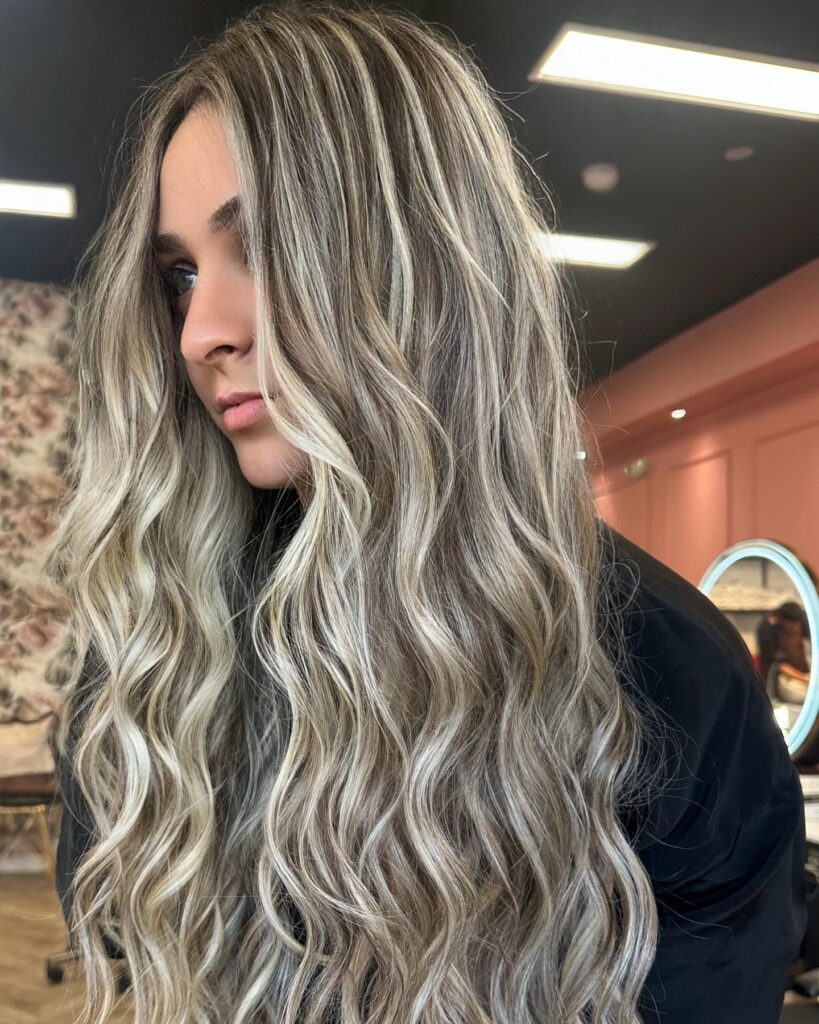
With balayage, you can achieve a variety of looks with your hairstyle. It even presents you with excellent gray coverage, and some of the popular techniques are as follows:
1. Partial Balayage
With this technique, our hairstylist applies small highlights to specific areas of your hair, creating a spotlight effect. We use a combination of balayage and traditional highlight foiling. The stylist will part your hair to apply the highlights and cover them with foil to help intensify the color.
2. Full Balayage
The technique involves lighting up your overall hair by applying the color evenly throughout. This method completely changes the hair color and is an ideal technique for achieving a desired shade.
3. Flamboyage
With this technique, for example, when doing balayage on brown hair, the stylist uses adhesive strips to create a mix of highlights and lowlights, achieving a multidimensional look.
4. Reverse Balayage
The technique is the opposite of your classical balayage, where the hair color becomes lighter to darker. The method is excellent if you want to return to your darker tone from a lighter one.
5. Babylights
With baby lights, our stylists apply fine yet delicate highlights to a small section of your hair, creating a natural effect.
💡 Tip: We offer recession hair tips to protect your hair and save you money. Check them out here.
How Long Does a Balayage Appointment Take?
The balayage hair process can take different times depending on the steps applied. When having a balayage, consider these factors:
- The length of your hair
- The thickness of your hair
- Your hair texture
- The desired outcome and your stylist’s experience
If you’re looking for an experienced hair coloring salon with a proven track record, explore our services now.
After consulting with our hairstylists about your desired look, a freehand painting session typically takes 30 to 60 minutes, depending on the length and density of your hair.
Once the colors are applied, you must wait another hour before the stylist applies a toner and other haircare products to protect your hair.
A balayage can take anywhere from 90 minutes to 3 hours.
What Are Highlights?
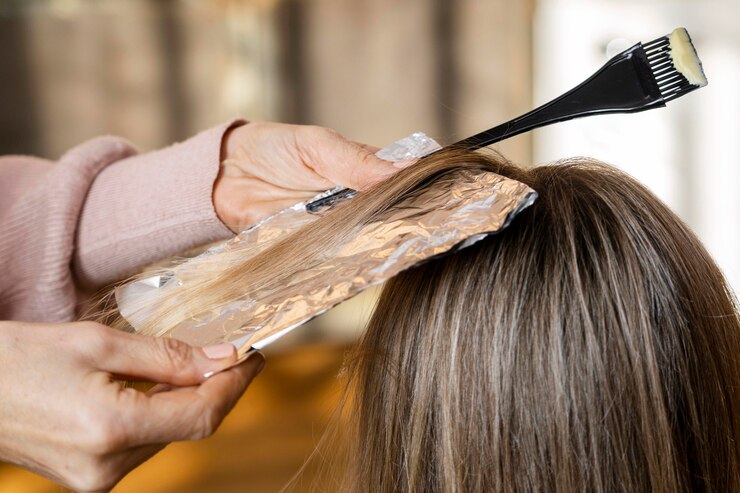
Unlike balayage, traditional highlights use foil or cap methods for precise, uniform lightening.
Whether you want blonde highlights or subtle lifts for dark brown hair, highlights add brightness and dimension with a more structured appearance.
The Highlighting Process
The technique used with highlights will depend on your hair and can involve a cap or foils. Still, after applying the lightening agent, your hair can be wrapped in individual foil strands.
With the foil technique, you get a precise placement, ensuring the lightener does not spread to surrounding areas.
We place highlights uniformly throughout your hair to give a uniform lift and different looks. Even using a standard highlight procedure can give you beautiful results.
Your hair will appear as if depth has been added, giving you a refreshing look.
Advantages of Highlights
- Highlights, such as black and blonde, show your different levels of control and customization.
- You can adjust the thickness to the degree of lightening.
- It allows a notable change and can cover the greys well.
Disadvantages of Highlights
- Maintaining your highlights requires a significant commitment.
- Root growth is more visible with highlights versus balayage, resulting in more frequent touch-ups.
- It would be beneficial to have a solid hair care routine.
Are Highlights Suitable for All Hair Types?
Highlights are the way to go if you prefer a structured color pattern or want a pronounced color variation.
Highlights are fantastic because you can customize them to suit your hair goals. Foil highlights are an excellent option for addressing grey hair throughout your body.
It is a versatile technique that suits different hair textures and lengths for styling.
👉 Learn about the 13 different highlight techniques here.
4 Different Highlight Techniques
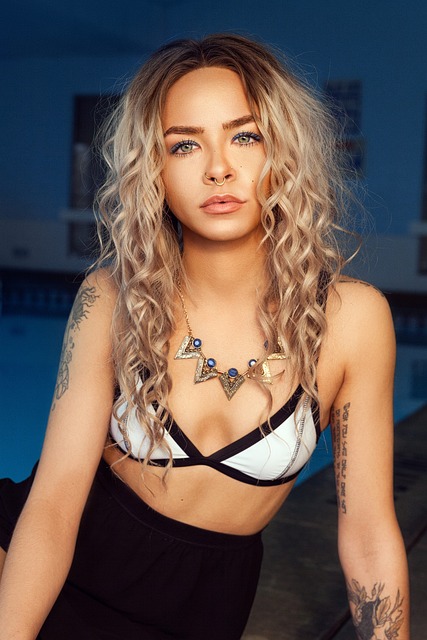
As with balayage, a customary highlight offers different techniques:
1. Foil Highlights
Using the foil highlight, we apply highlights with a lightning solution to paint or weave hair sections before wrapping them in foil to help intensify the color.
2. Chunky Highlights
The technique provides a visible yet intense highlight, enabling you to change your hair color with bold confidence.
3. Peekaboo Highlights
As the name implies, we create some hidden lighter strands under the top layer of your hair.
4. Babylights
With baby lights, we apply superfine mini highlights to delicate highlights in the hair. It gives a subtle yet natural look and seamlessly transitions from your natural look to color-treated hair.
Furthermore, there are two types of highlights: complete and partial highlight processes. The full highlight involves coloring every hair strand from the root to the tips for a dramatic, bold statement.
Partial highlights are the opposite and color certain parts of your hair. So, we will lighten the top layer or selected sections, leaving the rest looking natural.
How Long Do Highlights Take
Whether you have highlights for men or women, the time it takes depends on the highlights you plan to have and the condition of your hair.
- Full highlights can take 2 to 4 hours, depending on the hair thickness, type, and length.
- Partial highlights can take 30 to 40 minutes and do not include cutting, processing, or styling.
- Half-head highlights can take up to 1.5 hours (consultation, color, application, and setting)
You can expect your highlights to take between 30 minutes and 4 hours. After having highlights done, you will need touch-ups every eight to ten weeks to maintain your lighter color.
For more natural highlights, it is best to have touch-ups every 12 to 16 weeks. Touch-ups can vary depending on hair growth and the presence of highlights.
Balayage vs Highlights: Key Differences
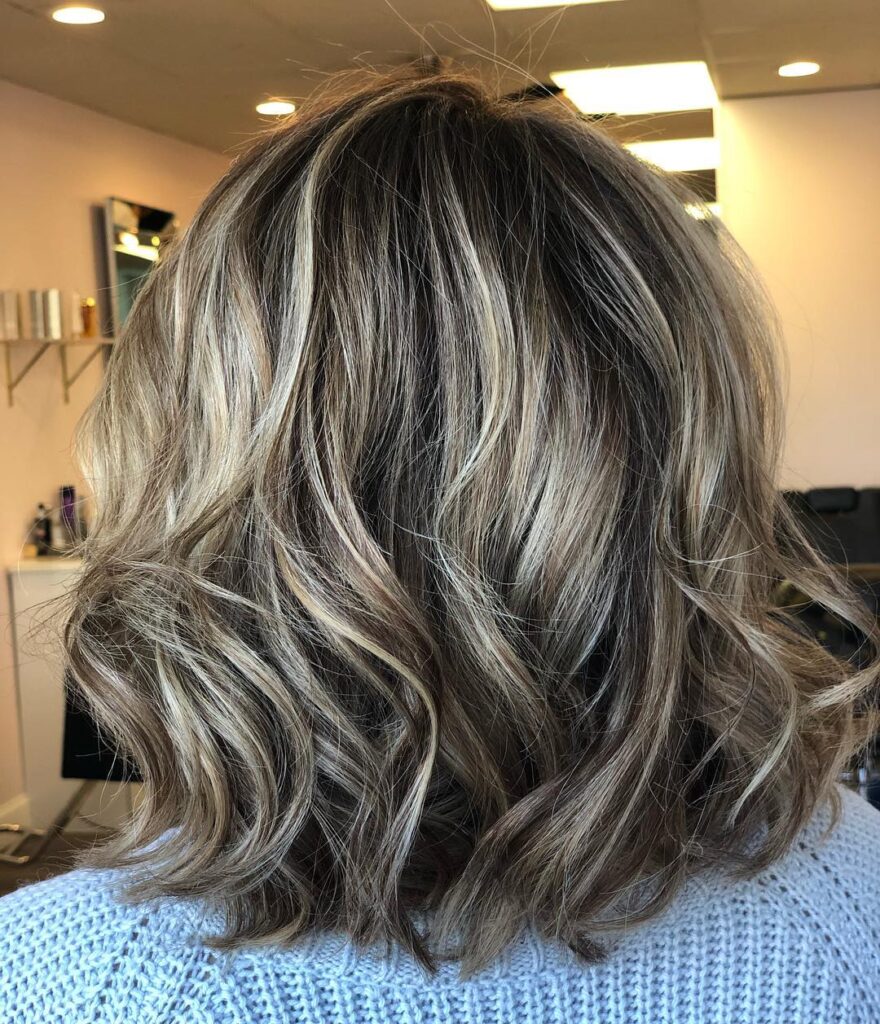
The primary difference between the two techniques lies in their application. Balayage is an artful technique that involves hand-painting dye onto the hair.
Highlights using the foil method add a consistent patterned effect suitable for dark hair, or if you want a bold change.
Check out some of the comparisons to make an easy choice between the two here:
| Feature | Balayage | Highlights |
| Application Method | Painting Freehand | Cap or Foil Method |
| Cost | $70 – $450 | $20 – $350 |
| Typical Look | Natural Soft Look | Uniform Structure Look |
| After Care | Lower With Fewer Touch-Ups | Higher With Noticeable Growth |
| Hair Types | Lighter Hair/Adaptable Textures | Dark Hair |
| Customization | Very Customizable | Less Customizable |
Balayage vs Highlights: Pros and Cons
| Feature | Balayage | Highlights |
|---|
| Application Method | Hand-painted, freehand technique | Foil or cap-based sectioning |
| Look | Soft, natural, sun-kissed effect | More uniform, dramatic brightness |
| Maintenance | Low-maintenance (can go 3–4 months between touch-ups) | Higher maintenance (every 6–8 weeks) |
| Hair Growth | Regrowth is more blended and subtle | Regrowth lines are more noticeable |
| Styling Flexibility | Great for natural, lived-in styles | Suitable for bold contrast and dimensional styles |
| Damage Level | Gentler on hair due to less saturation and spacing | More potential damage from frequent lightening and heat exposure |
| Cost (Initial Visit) | Higher upfront cost due to technique and time (avg. $150–$300+) | Often more affordable initially (avg. $75–$200) |
| Touch-Up Cost | Less frequent, but each session may cost more | More frequent and may add up over time |
| Best For | Those seeking low-commitment, natural, blended color | Those wanting high contrast, full transformation, or lighter all-over color |
Which One is Right For You
Choosing between balayage and highlights depends on:
- Your hair type and current color
- Hair care routine
- Desired look and maintenance commitment
- Length and texture of your hair
Balayage works well for longer hair and those seeking a low-maintenance, natural look. Highlights suit shorter hair or those looking for a bold, structured color.
You can also combine both with foilage — using foil highlights blended with balayage for a soft yet dimensional look..
👉 Also, learn about the differences between a single and double process for hair coloring here.
Still Deciding? Let’s Personalize Your Look
Whether you’re dreaming of a soft, natural glow or a bold, radiant transformation, understanding the difference between full and partial highlights is the first step toward achieving a look you’ll love.
At Hāste Urban Hair Spa, we don’t believe in one-size-fits-all. Our colorists take the time to understand your goals, lifestyle, and hair history, then craft a customized highlight plan just for you.
✨ Want to brighten your look without the guesswork?
👉 Book your personalized color consultation today and let our experts guide you toward your perfect shade.
Don’t forget to ask about our moisture-rich post-color treatments—they keep your highlights vibrant, your strands healthy, and your style salon-fresh longer.
FAQ
What’s the difference between a balayage and highlights?
Balayage is a free-hand painting technique that gives you a natural yet sun-kissed look. Highlights have a more uniform look, as the hair strands are colored from root to tip.
What benefits does balayage offer over highlights?
Balayage offers a natural appearance with less noticeable regrowth and lower maintenance requirements compared to highlights.
Does balayage have any drawbacks?
The main drawback of balayage is its cost, as it can be more expensive than highlights and requires a significant amount of time and skill.
What are the benefits of highlights?
Highlights provide a dramatic change and add dimension with a consistent hair pattern. They are excellent for covering grays or adding well-defined color streaks to your hair.
What are the limitations of highlights?
Highlights need more maintenance and touch-ups every few weeks as your hair grows. The more you highlight your hair, the more damage the bleach and dye can cause.

